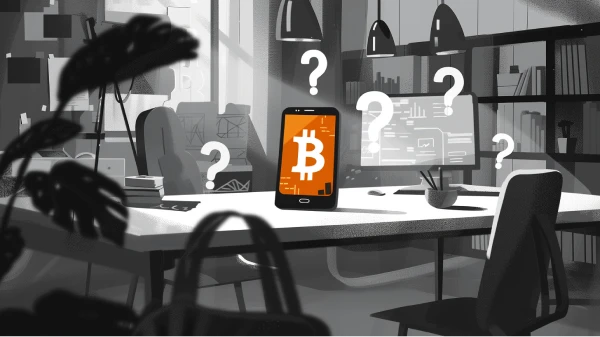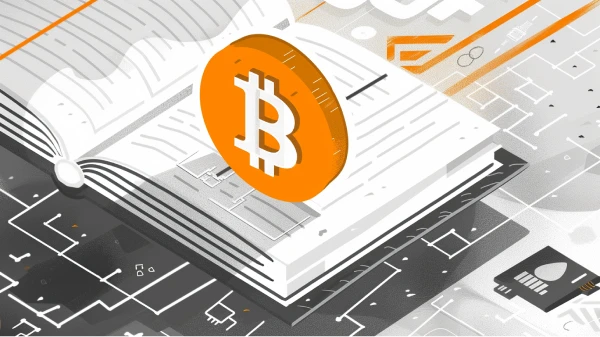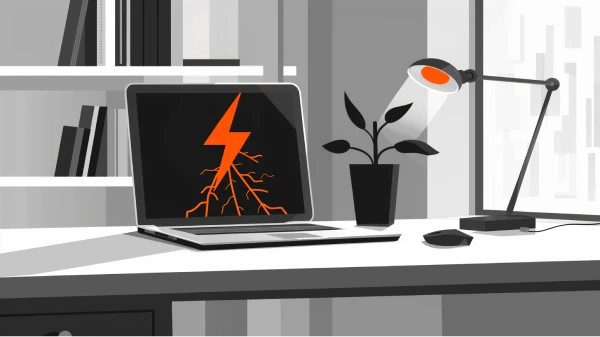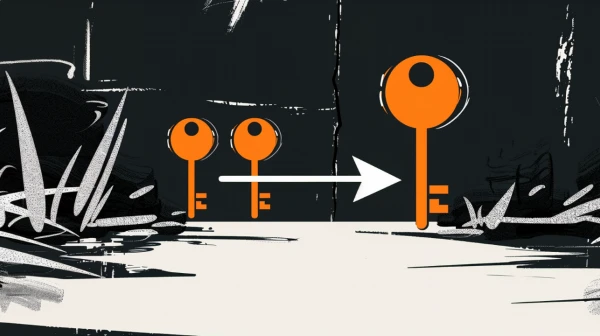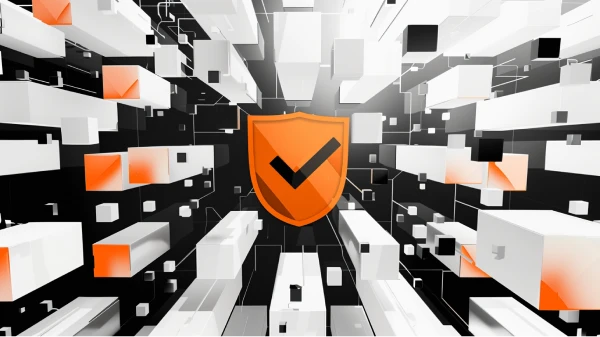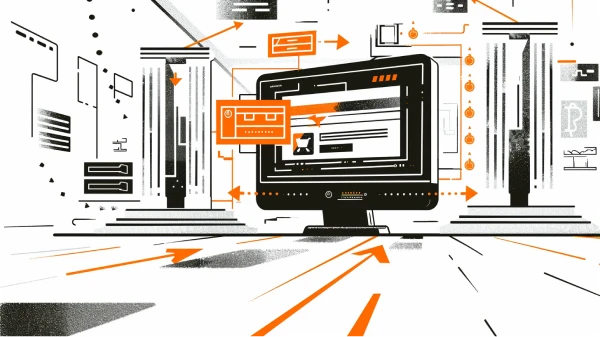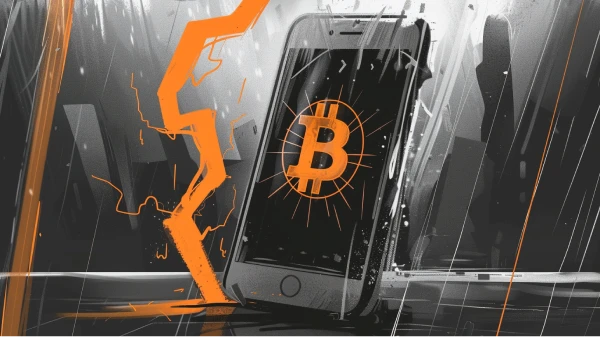Bitcoin & Blockchain Technology
What Is the Lightning Network?
Learn how Bitcoin's Lightning Network scales transactions, enabling fast, cheap off-chain payments. Discover its functionality, payment channels, and routing.
What Is the Double Spend Problem?
The Double Spend problem is about preventing digital money duplication. Learn how Bitcoin solves this issue without relying on central authorities.
Will Quantum Computing Break Bitcoin?
Explore the impact of quantum computing on Bitcoin. Learn about potential vulnerabilities, risks to wallets, mining, and solutions for a quantum-secure future.
How Does Bitcoin Development Work?
Discover Bitcoin development through open-source software, its collaborative process, transparency, and the key roles developers play in evolving the ecosystem.
What Is Taproot Assets in Bitcoin?
What exactly is Taproot Assets? How does it work? And when can users expect to see it live on the network?
What Is Taproot and How Does It Benefit Bitcoin?
Learn how Bitcoin's Taproot upgrade boosts privacy, security, and efficiency with Schnorr signatures and new scripts. Explore its significant benefits.
What Are Bitcoin Smart Contracts?
Explore how Bitcoin enables complex digital agreements through smart contracts using Script, including multi-signature setups and time-locked transactions.
What Are Partially Signed Bitcoin Transactions (PSBTs)?
Explore how Partially Signed Bitcoin Transactions (PSBT) enhance Bitcoin's interoperability, security, and multisig capabilities for complex transactions.
What Is a Bitcoin Improvement Proposal (BIP)?
Learn about Bitcoin Improvement Proposals (BIPs), their role in Bitcoin's development, and how they ensure transparency and community-driven decisions.
The Difference Between Bitcoin and Blockchain
Learn how blockchain enables trustless consensus, solving the Double Spend and Byzantine Generals Problems, essential for Bitcoin's decentralized network.
The Risks of Central Bank Digital Currencies (CBDC)
Learn how CBDCs could impact freedom and privacy, posing significant risks despite their touted benefits for faster and cheaper payments.
What Do Schnorr Signatures Do for Bitcoin?
Learn how Bitcoin uses digital signatures like ECDSA and Schnorr for secure transactions, improving efficiency, storage, and privacy in the blockchain.
What Is Segregated Witness (SegWit)?
SegWit upgrade in Bitcoin fixes transaction malleability, increases block capacity, lowers fees, and enables future innovations like Taproot and Lightning.
What Is the Byzantine Generals Problem?
The Byzantine Generals Problem explains the challenge of achieving consensus in decentralized networks. Learn how Bitcoin solves this with Proof of Work.
Why Should I Run a Bitcoin Node?
Learn how Bitcoin nodes validate transactions, ensure blockchain integrity, enhance privacy, improve security, and why running your own node is important.
How Bitcoin Solves the Double Spend Problem
Learn how Bitcoin's blockchain and distributed ledger solve the Double Spend Problem, ensuring secure transactions without trusted third parties.
